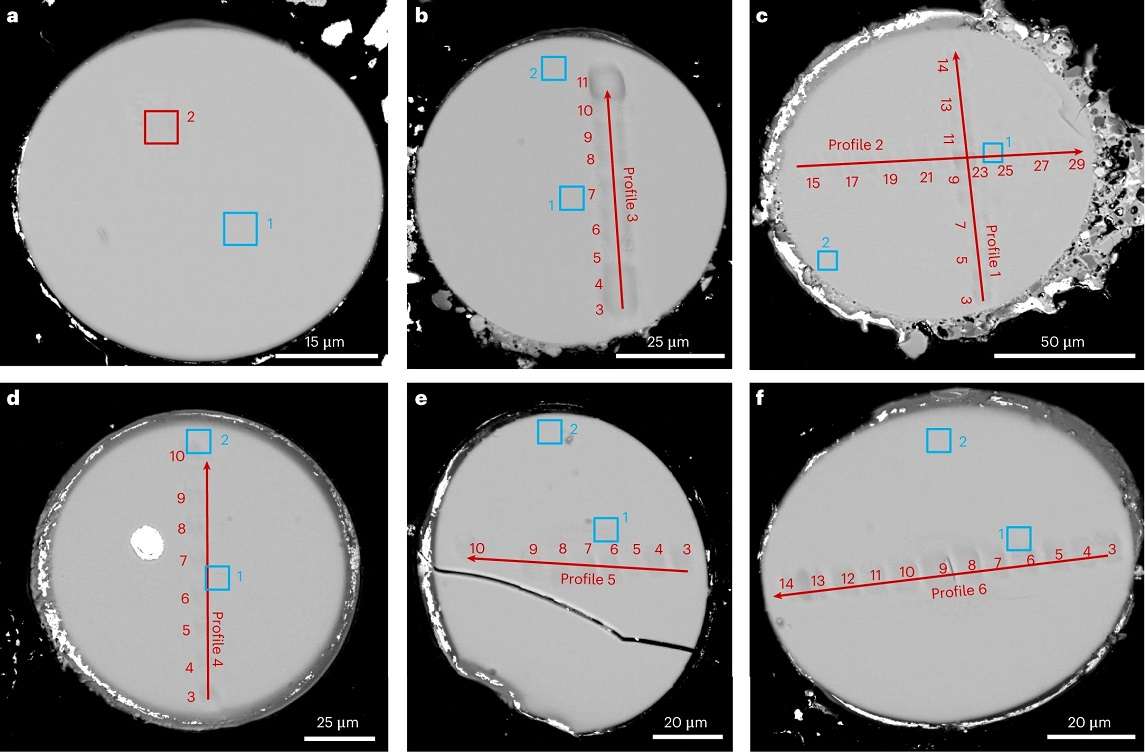A team of scientists chinese has discovered new traces of water in impact crystals found on lunar soil by the Chang’e 5 (CE5) mission, according to a study published in the specialized magazine nature geoscience.
The group led by Professor Sen Hu of the Chinese Academy of Sciences found that these crystals are likely a new reservoir of water on the Moon, recording the ingress and egress of water derived from solar winds and acting as buffers for the water cycle. of lunar surface.
Research helps understand which meteorites may have brought water to Earth
As the publication recalls, which echoes efe In a report, the surface water from that satellite awakens the interest of the scientific community due to its potential to be used “in situ” by future space exploration missions.
After many lunar missions have confirmed the presence of structural water or in the form of ice on the Moon, there is little doubt that the star contains the element on its surface, although to a much lesser extent than Earth.
Scientists believe that there must be water reserves yet to be identified that have the capacity to buffer the lunar surface water cycle, that is, capable of retaining water on the satellite and not escaping into space.
One of the members of the Chinese team proposed that these impact crystals, a ubiquitous presence in the lunar soil, could be a candidate for the investigation of these “unidentified water layers or reserves”.
The crystals collected by the Chang’e 5 mission – which landed on the moon in December 2020 to collect lunar samples for two days before returning to Earth – have “homogeneous chemical compositions and smooth surfaces.”
They are characterized by their abundance of water, and their composition reflects that this probably comes from solar winds.
These impact crystals “acted like a sponge to dampen the lunar surface water cycle,” according to the researchers’ conclusions.
“These findings indicate that impact crystals on the surface of the Moon and other airless bodies in the Solar System are capable of storing water derived from solar winds and releasing it into space,” Professor Hu said.
The Chinese academy’s study was done in cooperation with Nanjing University, the Open University, the Natural History Museum, the University of Manchester and the University of Science and Technology of China.






